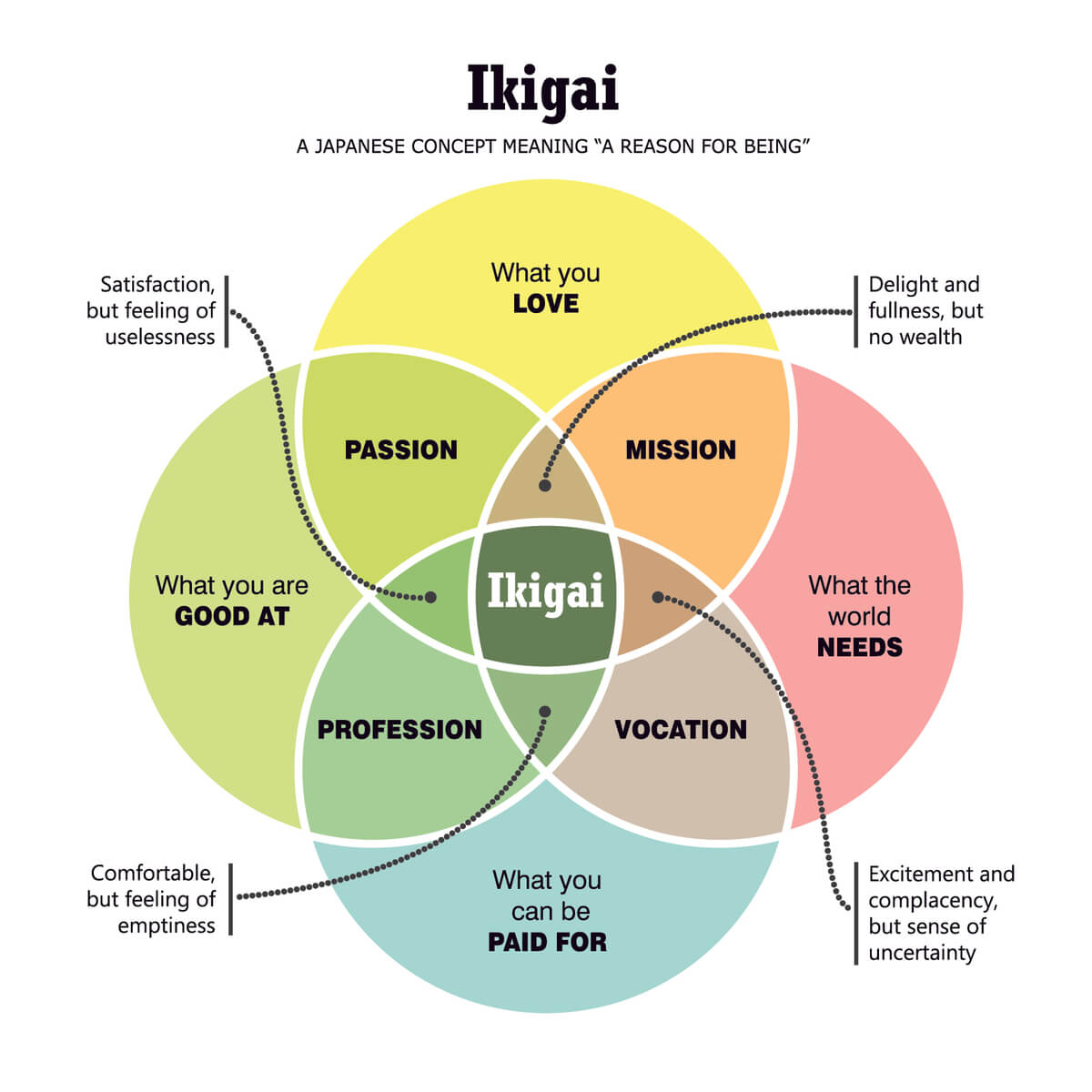
“This article was written by Raya Bidshahri and originally published on com , on 07/17/2018.”
It almost sounds too cliché to say that in order to live a fulfilling life, each of us must find our purpose. From a very young age, we encourage our youth to identify their passion and pursue it.
Yet most of us struggle with this throughout our lives. Even if you know what you want to dedicate your life to, the practical path forward is not always so clear. Many people continue to chase after corporate ladders, higher salaries, and bigger-sounding titles in the wrongful assumption that this will eventually bring them some sort of fulfillment. Most people will live and work for decades with no true sense of higher purpose. This is one of the many tragedies of our modern-day materialistic world.
But it is not enough to tell everyone—especially our youth—that they need to find and follow their purpose. In order to bring more meaning into our societies, we also need to consider how each of us can find our purpose and how we can pursue it.
Ikigai: A Japanese Tool to Find your Purpose
One of the most notable strategies in finding one’s purpose is the Japanese concept of Ikigai, which translates to “reason for being.” Your Ikigai is an indicator of what drives, excites, and fulfills you.
In his noteworthy TED talk, Dan Buettner describes how the increased life expectancy of the residents of Okinawa, Japan (the place where people have the longest lifespan) is partially attributed to Ikigai. Almost all Okinawans know what it is that gives them a reason to wake up every morning, and consequently, the concept of retirement is almost non-existent. The residents also live with lower rates of stress and better health in comparison to most Americans.
Broadly speaking, Ikigai lies at the intersection of what you are passionate about, what you are good at, what can allow you to earn a living, and above all, what the world needs. It is a combination of passion, vocation, and mission.

Conducting the Ikigai process involves identifying each part of the intersection and the sum of all the components. But it’s important to note that this process is never successful as a one-time exercise. Finding one’s Ikigai is about lifelong self-reflection and experimentation. You may identify more than one Ikigai, and your Ikigai may change as your identity and circumstances evolve over time.
But the Ikigai equation doesn’t just consider you as a variable. It also takes into account how your passions align with what the world needs. At a certain level, it’s about aligning your interests with the skills and careers that are in demand in the workforce. But even more, it’s about aligning your drive with the needs of society.
Many of us overlook how having a positive impact on other people’s lives can be a true source of fulfillment. Backed by scientific evidence, it is long known that helping others contributes to increased happiness and well-being. So when thinking about building a purposeful and gratifying career, consider not just what you can do to better yourself, but also how you can use your abilities to better the world.
As the film The School of Life points out so brilliantly, we would all get much more clarity in life if we asked ourselves not “What do I want to do for a living?” but rather “What do I want my mission to be?” History has demonstrated this is the first step towards accomplishing the extraordinary.
This is where the value of having a purpose goes beyond individual well-being and becomes a powerful force for humanity at large.
Massive Transformative Purpose: A Key for Innovation
Of late, many thought leaders have pointed out that the importance of purpose is a topic for consideration not just for individuals, but also for companies and movements. That is where having a massive transformative purpose (MTP) comes into play.
An MTP is essentially an “aspirational tagline” that describes the purpose of the company and the big problem that it solves. Salim Ismail, in his book Exponential Organizations (co-authored by Mike Malone and Yuri van Geest), analyzed the 100 fastest-growing organizations and studied their key traits. The authors discovered that all of these game-changing organizations or individuals have an MTP.
With an MTP, the focus and purpose of a company becomes less on profits and more on contributing to humanity in a significant way. An MTP also describes why you do what you do. As best-selling author Simon Sinek points out, people don’t buy what you do, they buy why you do it. The why of a company or individual is even more important than the how or the what. Companies with a grand unifying vision and purpose have consistently been more successful than companies without one. This is where purpose becomes a key to disruptive innovation.
A Piece of the Puzzle
The last century has seen remarkable advances in science and technology. Yet, globally, we are living through a mental health epidemic, with increasing ratesof depression and anxiety. Most people do not look at their jobs with a sense of excitement.
Ultimately, having a purpose ignites meaning and lasting happiness. It means waking up in the morning with a sense of anticipation for the day. After all, a human life is far too precious to be spent on meaningless or mediocre goals.
Ikigai and MTP, as concepts, urge us to align our passions with a mission to better the world. But sometimes, what will better the world is living a life of purpose to begin with. In the words of Howard Thurman,”Don’t ask what the world needs. Ask what makes you come alive, and go do it. Because what the world needs is people who have come alive.”
Image Credit: Ditty_about_summer / Shutterstock.com

